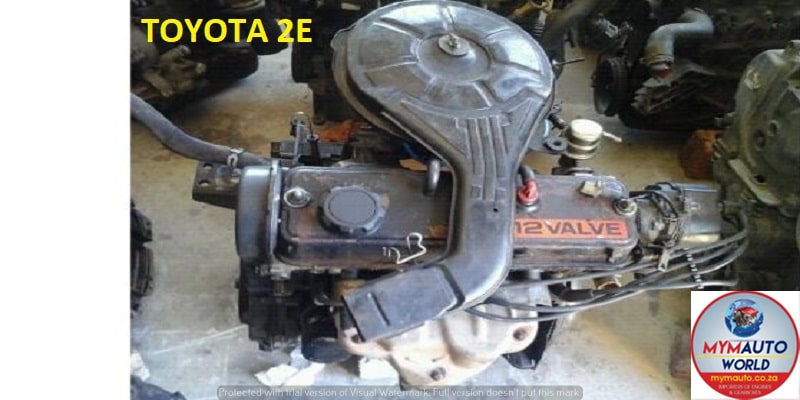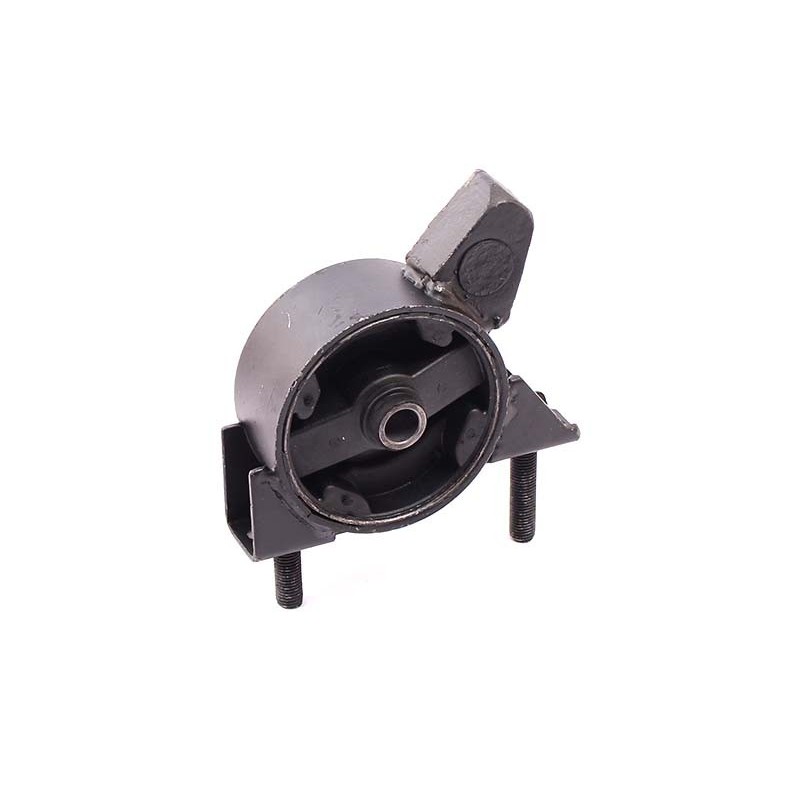Toyota Tazz: The Perfect Combination of Efficiency and Style in a Compact Car
Toyota Tazz: The Perfect Combination of Efficiency and Style in a Compact Car
Blog Article
Explore the most up to date Patterns in Engine Modern Technology Via Tazz
In the swiftly progressing landscape of automobile innovation, Tazz stands at the leading edge, highlighting significant advancements in engine systems that focus on both advancement and sustainability. From hybrid engines that optimize gas effectiveness to the development of hydrogen fuel cells, the fads forming contemporary powertrains are not only boosting performance but additionally attending to crucial environmental obstacles.
Crossbreed Engine Innovations
Hybrid engine technologies represent a crucial shift in automotive modern technology, integrating the benefits of inner combustion engines with electrical propulsion systems. This combination not just enhances fuel effectiveness but additionally minimizes exhausts, meeting increasingly rigid environmental policies. By using both energy resources, hybrid engines can enhance efficiency, providing power when required while preserving gas during much less requiring motoring problems.
Current improvements in hybrid technology include renovations in battery effectiveness and regenerative stopping systems. These innovations enable for greater energy recuperation during deceleration, which can be rerouted to aid in acceleration or power auxiliary systems. Makers are concentrating on lightweight materials and portable layouts to make best use of the effectiveness of crossbreed powertrains.
The growth of plug-in hybrids has also broadened the marketplace, making it possible for vehicle drivers to charge their vehicles using conventional electric outlets. This attribute usually allows for significant all-electric range, further decreasing dependancy on traditional gas. tazz. As the automotive industry remains to evolve, hybrid engine technologies are anticipated to play an essential role in bridging the space between traditional cars and fully electric versions, giving a transitional remedy that provides to varied customer requirements and preferences
Advancements in Electric Powertrains
The automobile landscape is rapidly evolving, with electrical powertrains becoming a leading force in sustainable transport. Breakthroughs in electrical automobile (EV) innovation are considerably enhancing efficiency, effectiveness, and individual experience. Secret innovations consist of enhancements in battery chemistry, which have raised power density, minimized charging times, and prolonged general battery life.
Solid-state batteries, for instance, assure to transform the market by supplying greater safety and security and efficiency contrasted to conventional lithium-ion cells. Developments in regenerative stopping systems are allowing vehicles to recuperate energy during slowdown, contributing to general efficiency.
Along with battery technology, electrical motor designs are ending up being a lot more innovative. Innovations such as incorporated motors and advanced thermal monitoring systems are aiding to optimize power distribution and reduce weight, ultimately boosting vehicle dynamics.

Jointly, these developments emphasize the dedication to change towards cleaner, extra effective transport options, placing electric powertrains at the leading edge of automobile development.
The Surge of Hydrogen Fuel Cells
Significantly, hydrogen fuel cells are gaining traction as a sensible choice to conventional internal burning engines and battery electrical vehicles. This innovation takes advantage of the chemical power saved in hydrogen, transforming it into electrical energy through an electrochemical response with oxygen. The primary by-product of this procedure is water, making hydrogen fuel cells an eco-friendly alternative with absolutely no exhausts at the Web Site tailpipe.

Car manufacturers are significantly purchasing hydrogen gas cell technology, identifying its potential for long-range applications and fast refueling capabilities that measure up to conventional gas. In addition, industries such as sturdy transport and public transit are specifically fit for hydrogen fuel cells, where battery electrical services may fail due to weight and range restrictions.
As research study and financial investment remain to expand, hydrogen fuel cells are poised to play a substantial duty in the future landscape of clean transportation and energy services.
Enhancements in Internal Combustion Engines
Innovations in internal combustion engine (ICE) technology are transforming conventional automobiles to satisfy modern environmental requirements and performance expectations. Among the most significant enhancements entails the integration of innovative gas shot systems. These systems maximize the air-fuel mixture, boosting combustion efficiency and leading to minimized discharges. Direct gas injection, as an example, permits much better atomization of gas, bring about more total combustion and enhanced power outcome.
In addition, turbocharging has obtained importance, enabling smaller engines to deliver greater efficiency without the weight of larger engines - tazz. This technology not only improves efficiency yet also adds to lower fuel usage. Variable valve timing systems are additionally being improved, enabling engines to adapt to numerous driving conditions for boosted torque and responsiveness
Moreover, the use of light-weight materials in engine construction is ending up being standard, further boosting gas effectiveness by lowering general vehicle weight. Engine control units (ECUs) are increasingly advanced, allowing real-time modifications that enhance performance and discharges.
These enhancements jointly signify a crucial change in ICE innovation, lining up with worldwide sustainability objectives while still supplying the efficiency chauffeurs expect from their cars. As the industry advances, these enhancements proceed to form the future of typical automotive design.
Future Patterns in Engine Efficiency
Substantial innovations in engine effectiveness are expected as suppliers concentrate on incorporating cutting-edge modern technologies to satisfy rigid ecological policies and consumer needs. The shift in the direction of electrification, hybrid systems, and company website different gas is reshaping the auto landscape, driving developments that boost fuel economy and lower exhausts.
Among the crucial patterns is the implementation of innovative products and making strategies. Light-weight compounds and high-strength alloys contribute to minimized car weight, hence improving total performance. Furthermore, the fostering of turbocharging and variable valve timing modern technologies permits enhanced power output from smaller engines, further improving gas economic climate.

Final Thought
Developments in crossbreed engine systems, electric powertrains, and hydrogen fuel cells show a commitment to decreasing emissions while boosting efficiency. Enhancements in interior combustion engines and see this a focus on lightweight materials contribute to general engine performance.
From crossbreed engines that optimize gas performance to the emergence of hydrogen gas cells, the fads shaping contemporary powertrains are not only improving efficiency however also addressing important ecological challenges.Crossbreed engine innovations represent a pivotal change in auto innovation, integrating the advantages of inner burning engines with electrical propulsion systems.In addition, turbocharging has actually obtained prestige, allowing smaller sized engines to provide higher efficiency without the weight of bigger engines. Furthermore, the adoption of turbocharging and variable valve timing technologies enables for enhanced power outcome from smaller engines, even more improving fuel economy.
Improvements in interior combustion engines and a focus on lightweight materials contribute to general engine effectiveness.
Report this page